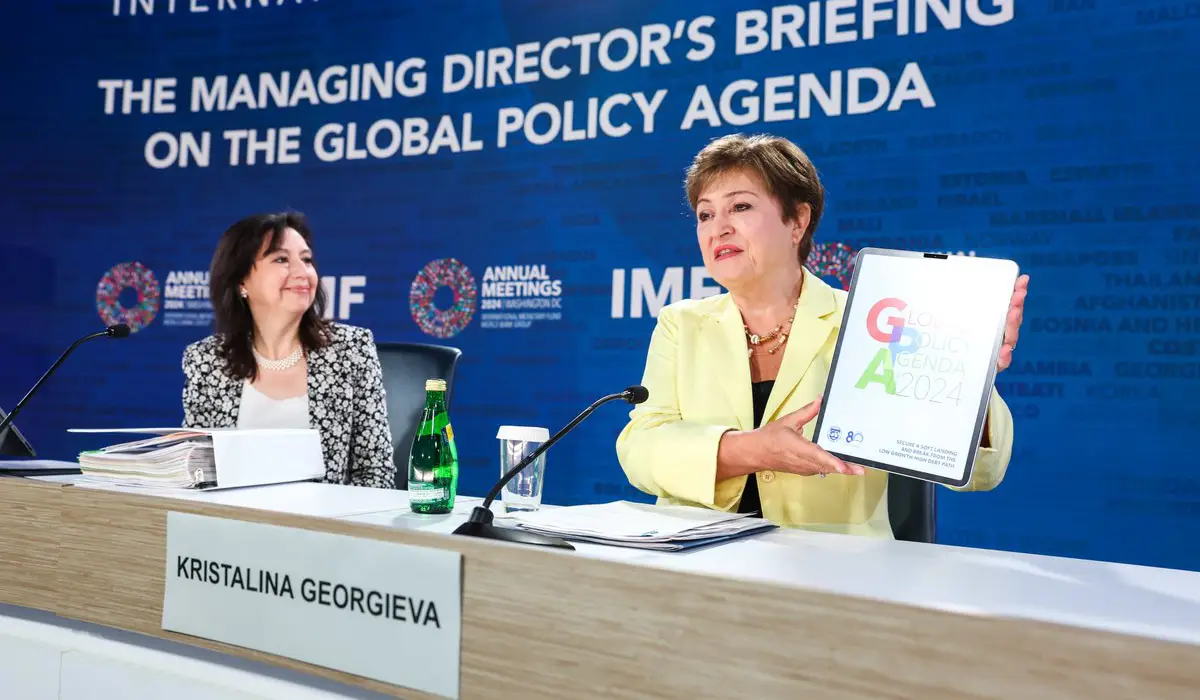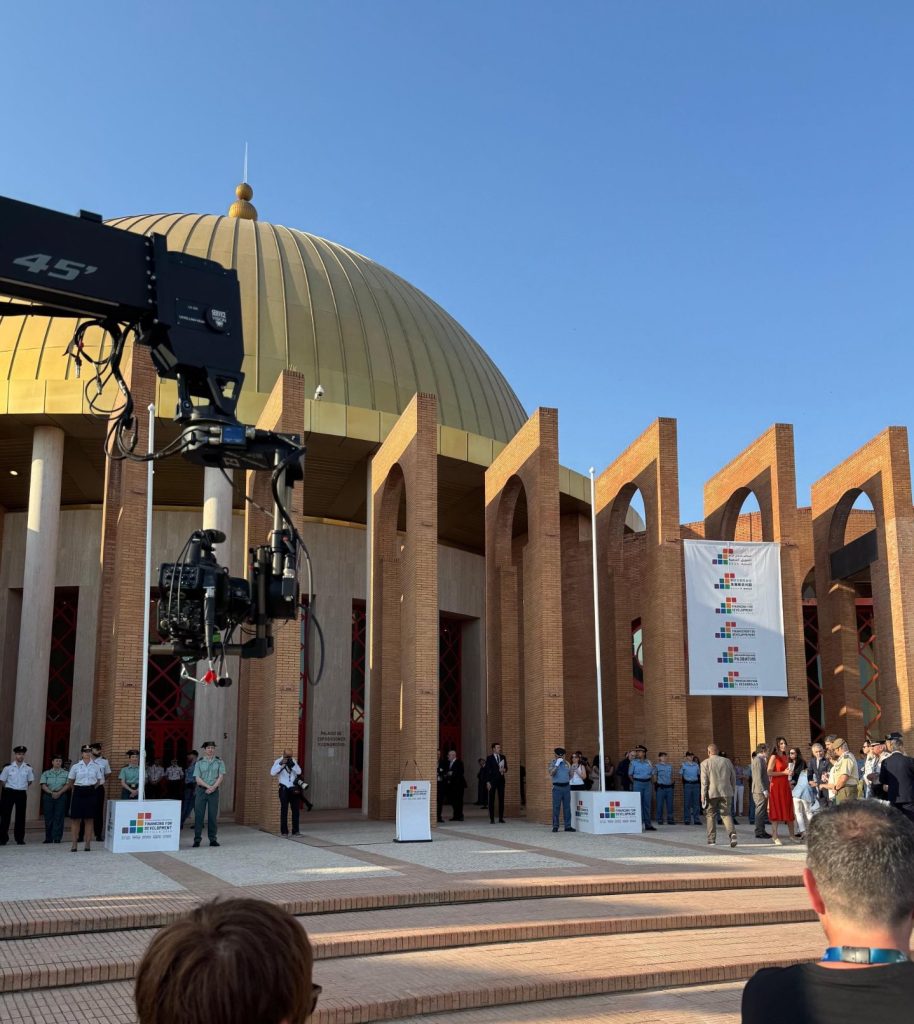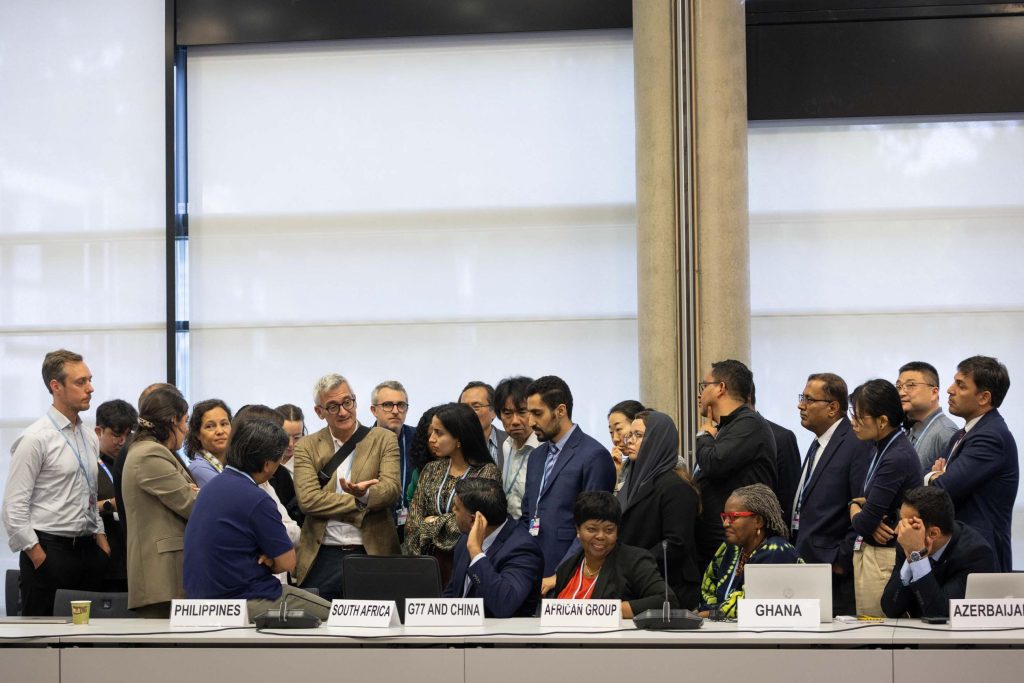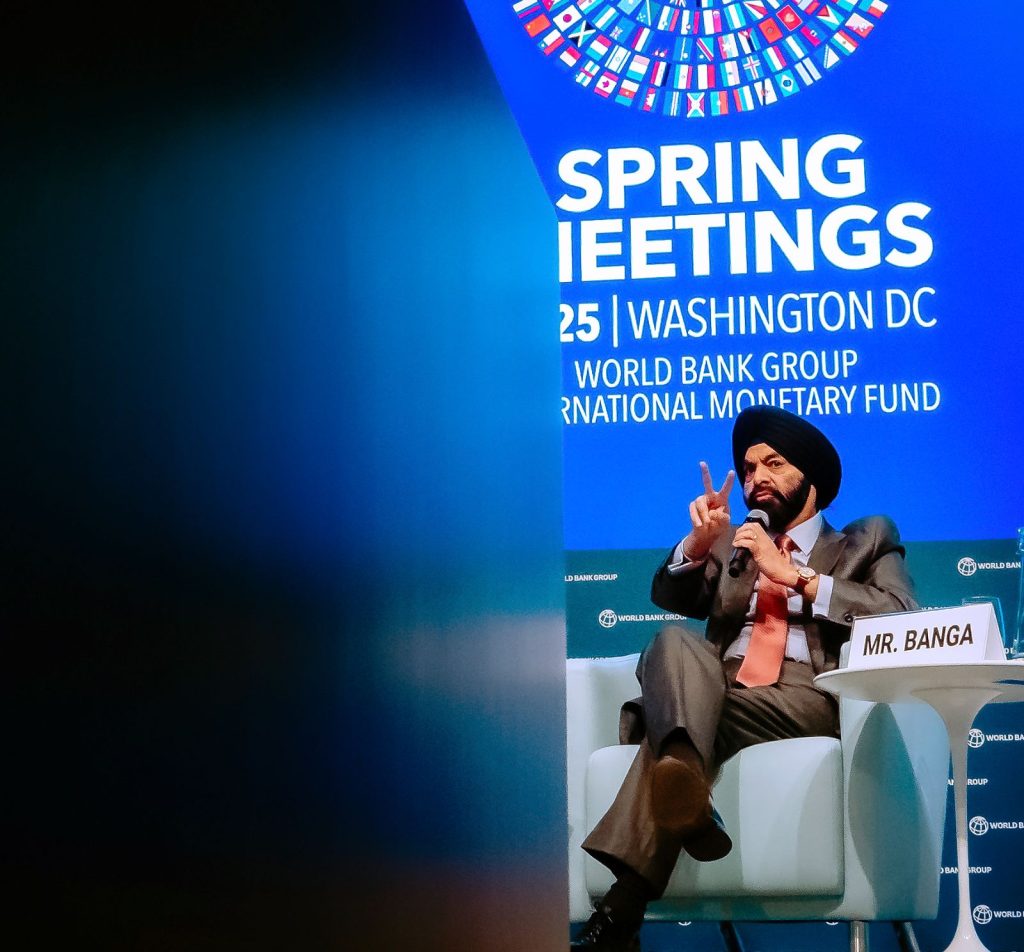The International Monetary Fund (IMF) and the World Bank – two Bretton Woods Institutions right at the centre of the calls for reforms of the global financial architecture, hosted their annual meetings last week. The calls for reforms are seen not as an end, but provide a credible pathway for raising needed finance to address critical issues such as climate change. Developments prior to and during the meetings indicate that countries in the global south continue to get breadcrumbed by the two institutions, hindering their ability to mobilise finance for climate action. From the adverse effects of the IMF’s surcharge policies, limited commitment of ‘political godfathers’ in the US and Europe to review of quotas, to the hindered progress of the World Bank’s climate finance undertakings and agenda, the meetings leave more questions than definite answers to the commitment of these institutions to climate action, beyond rhetoric.
IMF and World Bank and their instruments on Climate Action
The incessant calls by low-income countries for the financial system to remove bottlenecks that undermine their ability to mobilise finance for development – including climate action, has put every global actor on notice of a need for reform. The Fund’s two key reforms at the meetings – new framework to generate US$8billion worth of SDRs and an additional PRGT subsidy resources, should be examined together with other expected areas of reform – its surcharges and quota reviews.
The IMFs surcharges, additional interest payments the Fund imposes on heavily indebted countries, based on the size and the repayment time of their loans, have never been in the interest of borrowers. Neither have they achieved the objectives for which they were instituted – limit demand for IMF programs, operate to mitigate non-repayment risks, and to encourage borrowers to pay back ahead of schedule. For instance the number of country programmes in 1997 when the current surcharge policy was introduced stood at 60. This has since ballooned to almost 90 in 2021, and currently stands at 93 active programs. Again, only 10 countries were reportedly paying surcharges four years ago, and this has increased to 22 countries, creating the largest source of the revenue for the Fund’s operations raking in nearly US$6.4billion according to some estimates. At this rate, it is projected that the Fund will generate nearly US$13billion in surcharges, by 2033. This can support climate adaptation action in countries such as Pakistan – part of the countries that paid the US$6.4 billion in surcharges, which only a year ago had nearly a third of the country submerged in floods affecting an estimated 33 million people. In West Africa, 1000 people are reported to have died, 300,000 homes destroyed and four million are displaced. Yet all six countries that were impacted this year are also under IMF programs, with Cote d’Ivoire, Senegal and Gabon, all paying surcharges, including Kenya which is also under significant fiscal pressures.
Exigencies such as climate action for countries under Fund programmes, surely cannot be subjected to these rules, particularly when the Fund acknowledges this challenge, prior to setting up the Resilience and Sustainability Trust (RST) to lend money to countries to deal with climate and other shocks. It is even worse when one considers the Fund’s own estimates which suggest that even without surcharge income, it still meet or exceed its revenue target into the foreseeable future. Clearly this looks like help in one hand and a chain in another. A chain that, when given the opportunity to unshackle last week, the Fund chose closed door engagements, limited to no stakeholder consultations and produced a result that lowered the basic charges – essentially continuing business as usual. Financial penalties reaching as high as 8 percent for countries that must mobilise domestic resources to fight climate change, as acknowledged by Fund staff, is simply problematic – they divert needed resources to a creditor that is solvent, punishing indebted countries in their most vulnerable state. Coupled with the austere measures in its programs with countries in the south, low-income countries will be squeezed out of non-existent liquidity to support climate action, with negative political consequences as seen in Kenya.
Vulnerable, yet ignored
Climate vulnerable countries as usual could only lament, with the V20 Group – representing 70 climate vulnerable countries, drawing attention to the inequities in climate finance and calling for fairer access to climate finance. Their calls on the IMF to support climate finance through systematic transformation of its instruments – increasing its climate related resources, incorporation of climate resilient debt clauses for debt pauses and debt reliefs in its financing, also did not get the attention it needs. The Sovereign Debt Roundtable chaired by the Fund, the World Bank, and the G-20 through Brazil, did not provide any immediate and meaningful headway on the use of debt for nature swaps to unlock climate finance.
The table remains divided and emphasises the use of the instrument as a tool for liability management as opposed to being a useful tool in debt restructuring, with calls made for further research and cost benefit analysis before its consideration. The use of climate resilient debt clauses in instruments also hit a snag, as it appears to have been restricted to extreme hurricane events. Calls are again made for further research and fine tuning of the definitions for standard clauses to be used in loan programs, beyond extreme events. Of what relative significant use is the call for an additional US$650billion SDR issuance for climate action in the South, if it only goes to widen the inequities in access given that low income countries only hold 3.3 percent of quotas?
This is not to suggest that the IMF somehow can miraculously alter its course and provide all the finance needed for climate action. It at most controls what is estimated to be less than one percent of the finance needed. Its actions, however, could send positive signals to other financiers in the global financial marketplace to prioritise climate action in the South.
Will the World Bank’s commitments make any difference?
The World Bank on the other hand reports delivering US$42 billion in climate finance in 2024, in line with a renewed vision to end poverty on a liveable planet, investing in cleaner energy and resilient communities. The Bank intends to increase its climate finance lending to 45 percent of its portfolio in 2025. It is also seeking to prioritise adaptation finance which currently makes up 33 percent of the climate finance portfolio. Measured against a target of 35 percent, it appears that the Bank is perhaps living up its new vision and ambition, despite comparative expectations that the Bank can actually push for 50 percent.
This outturn means nothing if allocations of the Bank’s resources to lower and middle-income countries historically is less than one percent. Additionally, OXFAM has found that between 2017 and 2023, nearly US$41 billion of the Bank’s climate finance cannot be accounted for, further underscoring the fact that the Bank only reports on its commitments and not what it actually spends on climate action projects. In addition to this chaos, the Bank is also still leading MDBs in financing fossil fuels which may be contrary to its objective of a world free of poverty on a liveable planet. This could further undermine the collective efforts of other actors in pursuit of the climate agenda.
Perhaps the silver lining is the Bank’s International Development Assistance (IDA) – which most recipient countries rely on to support climate action due to its concessional nature. African countries have called for the next replenishment of the IDA to top US$120billion and this seems progressive, particularly as they receive the majority share of IDA funds. Here again, there is an expectation gap as Ajay Banga – President of the Bank, is reported to be pushing donor contributions up to a maximum of US$30 billion, which the Bank can leverage in capital markets by a factor of 3.5 to generate about US$100 billion. Regardless, this exceeds the US$93billion replenishment under the previous round. The real question for the Bank is the fungibility of the grant component of IDA, given the rising interest of non-grant contributions. No surprises then, when Treasury Secretary Yellen makes no reference to concessional finance, and refers primarily to expensive private sector finance for climate action through her presentation at the meetings.
Breaking the chains
The acknowledgement of the climate finance challenges by the leadership of the Bank and Fund, and subsequent endorsement of action agendas and plans, have not amounted to much. Perhaps they may never, if their financial instruments targeted at climate action are not rid of any unnecessary and non-functional penalties, and the political masters in the US Congress, and the European Union, take decisive action to advance reforms. The US Congress, for instance, openly reports passing legislation that directs representatives at the Bank on its foreign policy agenda and in some cases withholding funding until such reforms are completed.
Crucially, highly indebted surcharge-paying countries face structural balance of payments issues and have histories of defaults. For these countries, engulfed in simultaneous debt, development, and climate crises, sustainable recovery requires an overhaul of the international financial architecture, not punitive rates of any form.





